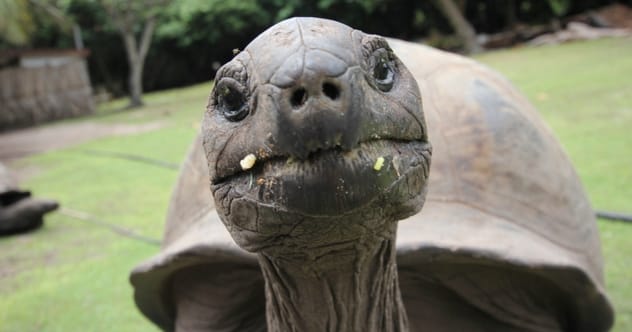Invasive species often get a bad rap for harming the ecosystems they invade. While some do cause significant damage, there are instances where non-native species have a positive impact, even helping to save endangered species. Let’s explore some surprising examples.
European Green Crabs And The Salt Marshes Of New England
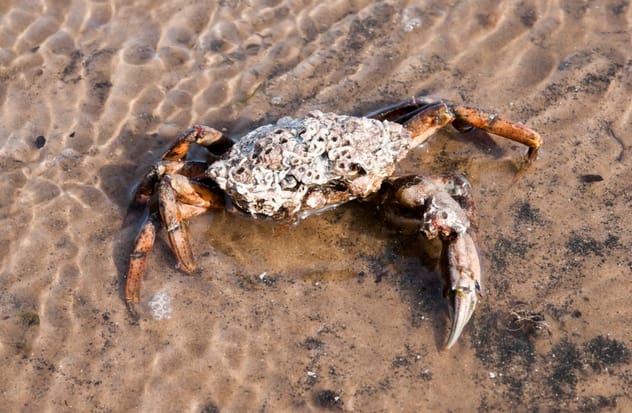
The European green crab is known for its aggressive nature, eating almost anything. It has colonized coasts worldwide but surprisingly benefits New England salt marshes. Overfishing led to the near elimination of cordgrass (Spartina alterniflora) by native marsh crabs. These crabs devoured the cordgrass and caused soil erosion due to excessive burrowing.
Enter the green crab. As they took over and drove out the marsh crabs, the cordgrass started to recover. So, in New England, European green crabs have indirectly helped restore an ecosystem damaged by native species.
Spartina Grass And The California Clapper Rail
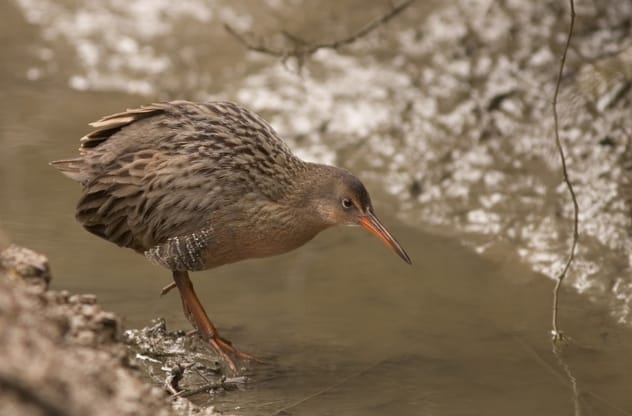
The California clapper rail, an endangered bird in the San Francisco Bay, now nests in Spartina grass. While this invasive species contributed to the eradication of the bird’s natural habitat, the clapper rail has adapted and uses the grass for nesting.
This situation presents a dilemma for researchers. They must manage the recovery of the clapper rail while trying to eradicate the invasive grass. It highlights the potential dependence of endangered species on invasive species in unexpected ways.
Japanese White-Eye And Hawaiian Flowers
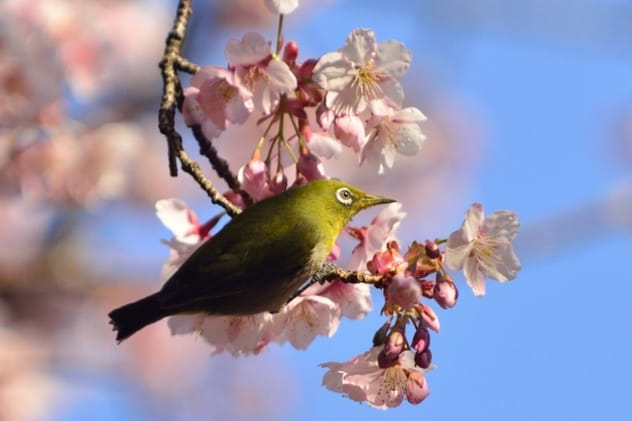
Brought to Hawaii from Japan in the late 1920s to control bugs, the Japanese white-eye quickly became the most common bird on the islands. As native birds went extinct, many flowering plants were left without their pollinators.
Researchers discovered that the Japanese white-eye is now pollinating at least two flowering plants, the Mauna Loa clermontia and the small-flowered clermontia, filling the gap left by extinct native birds. Even if the bird contributed to the problem, it now plays a crucial role in preventing the extinction of these plants.
Tamarisk Shrubs And Southwestern Willow Flycatcher Nests
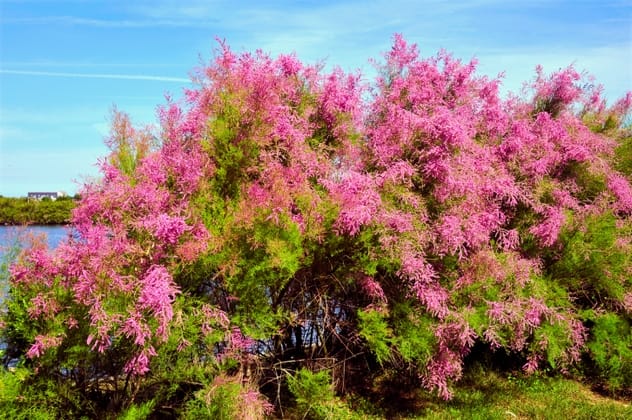
The story of the southwestern willow flycatcher involves a series of unintended consequences. Tamarisk trees, invasive shrubs introduced to control soil erosion, ended up draining riverbanks and destroying the willow trees the flycatcher used for nesting.
The flycatchers adapted and began nesting in the tamarisk trees. However, the USDA sought to eliminate the tamarisk using leaf-eating beetles from central Asia. Despite promises to protect nesting areas, the beetles destroyed the birds’ tamarisk homes, forcing the USDA to halt the biological control effort.
Aldabra Tortoises And The Ebony Trees Of Mauritius
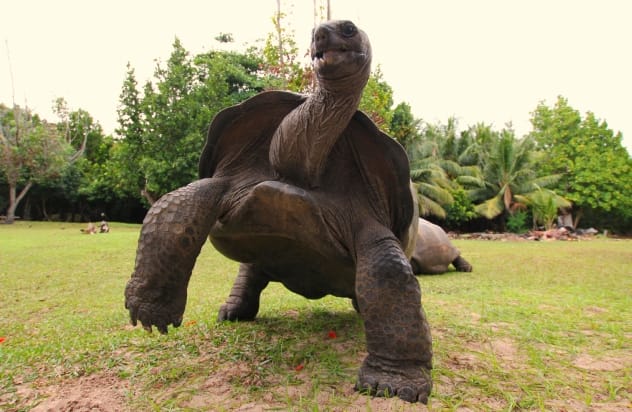
Aldabra tortoises were introduced to Ile aux Aigrettes to help restore the island’s endangered ebony forest. The native giant tortoises, giant skinks, and dodo birds—all seed dispersers—had gone extinct. Without them, ebony seeds could only grow at the base of existing trees.
The Aldabra tortoises, close relatives of the extinct native tortoises, ate the ebony fruit and dispersed the seeds across the island. Over a decade later, researchers observed that the ebony forests were beginning to recover, aided by the tortoises’ seed dispersal and germination assistance.
Yellow-Crowned Night Herons In Bermuda
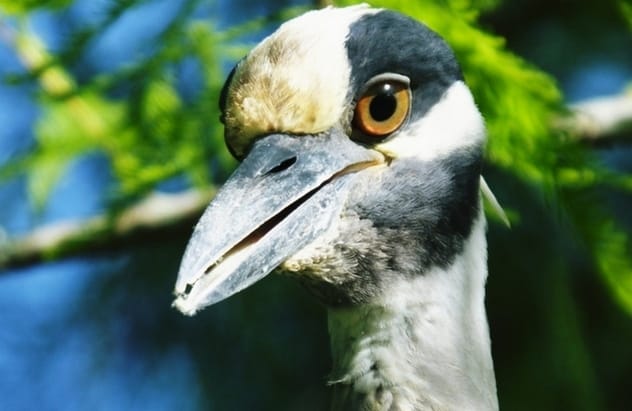
Bermuda night herons, original residents of Bermuda, went extinct due to new predators and human activity. This led to an overpopulation of land crabs (Gecarcinus lateralis), which were a primary food source for the herons.
In the late 1970s, yellow-crowned night herons from Florida were introduced as biological control for the land crabs. The strategy worked, and the invasive herons now have a self-sustaining population, relying on land crabs for 95 percent of their diet.
Zebra Mussels And The Great Lakes
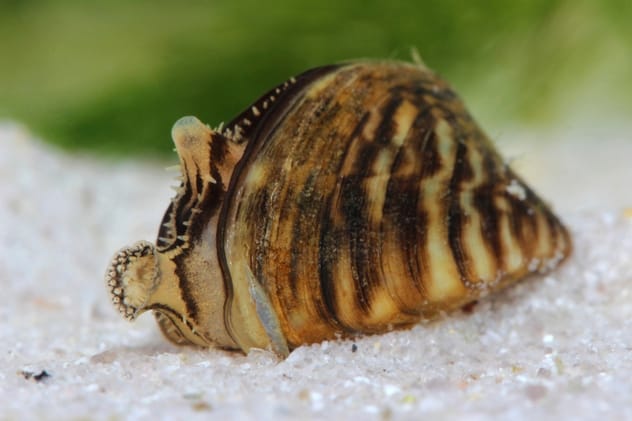
Zebra mussels in the Great Lakes are often criticized for their rapid spread and competition with native mussel species, some of which are endangered. They’re also believed to contribute to Type E botulism poisoning, which killed thousands of birds on Lake Michigan in 2008.
However, the presence of zebra mussels has been linked to increased health of the salmon population and improved water clarity, especially in Lake Ontario. The clearer water helps salmon and alewife (their prey) hunt by sight. Despite these benefits, the extensive damage caused by zebra mussels outweighs the positives.
Multiple Invasive Tree Species And Abandoned Agricultural Land In Puerto Rico
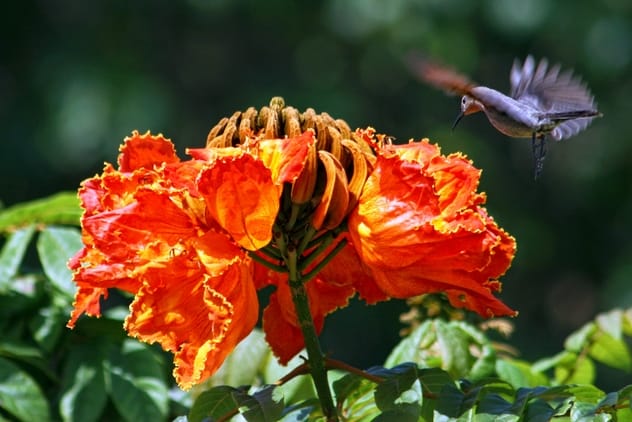
Over-farming in Puerto Rico resulted in soil erosion and compaction, leading to the abandonment of many agricultural plots. Native tree species couldn’t return to these degraded areas. However, invasive tree species like the white siris, African tulip tree, and rose apple thrived in these poor conditions.
These invasive trees are crucial for the eventual return of native tree species. They enable native trees to grow in the understories. For example, the African tulip dominates for about 40 years before native species take over, regenerating in its shade.
California Butterflies, Yellow Star Thistle & Eucalyptus Trees
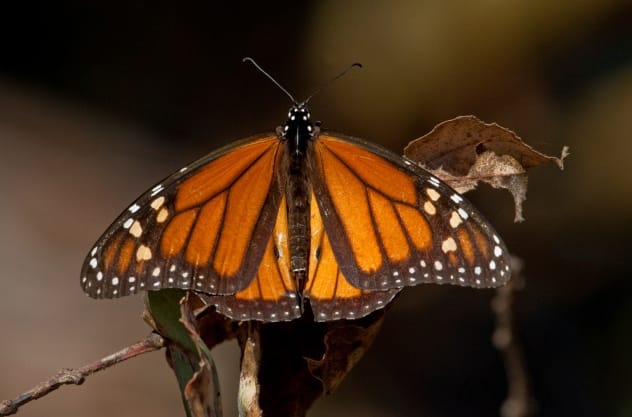
California has many invasive plant species, some of which are toxic to butterflies. However, numerous butterfly species in California benefit from invasive plants.
Monarch butterflies increasingly rely on invasive eucalyptus trees due to the deforestation of native trees. Yellow star thistle, a reviled weed, provides a crucial nectar source for many native butterflies in California’s Central Valley.
Honeybees In North America

Honeybees are so integrated into the North American ecosystem that it’s easy to forget they’re not native. European settlers brought them in the 1600s, and Native Americans called them “white man’s flies.”
With the survival of honeybees now threatened by colony collapse syndrome, there’s concern about the impact on an ecosystem that relies on them for pollinating a wide variety of plants. This highlights how some non-native species can positively impact their new environment.
What do you think about the role of invasive species in ecosystems? Leave your comments below!


